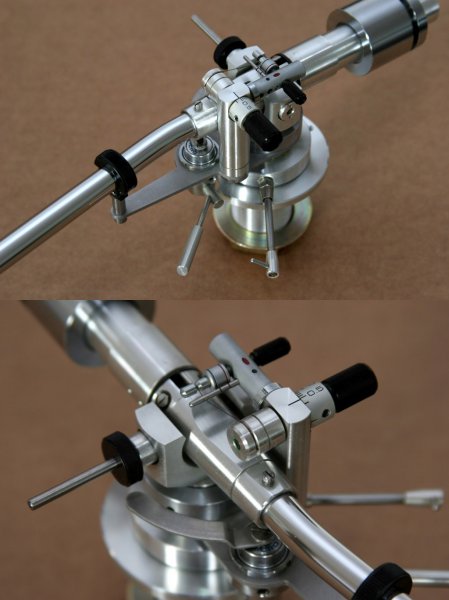I hope we do not get to a point where we become just another forum on the Internet. One of those with an unending chorus of "Congrats". "me too"."excellent"etc. We seemingly have worked hard to lose many serious Audio Industry researchers that at one point , mostly in the beginning of the WBF, were rather active, they simply do not post at all and some have left officially. Attacking their research was accepted as part of the debate and some of these attacks weren't always nice. Now we have become so sensitive that when someone posts his (contrary) opinion in terms that are deemed "blunt" he is perceived and labelled a troll. Often in the name of attacking the post not the poster.
For my part. I believe we become accustomed to the sound of a cable rather than anything special happening to the cable. It seems that for many the notion of "burn-in" is a more sexy and more seductive concept than the very trivial and pedestrian " acclimatization" or the even more low-brow "getting used to".
Hope this is not labelled "trolling" . if it is then by all means remove the post.
For my part. I believe we become accustomed to the sound of a cable rather than anything special happening to the cable. It seems that for many the notion of "burn-in" is a more sexy and more seductive concept than the very trivial and pedestrian " acclimatization" or the even more low-brow "getting used to".
Hope this is not labelled "trolling" . if it is then by all means remove the post.







